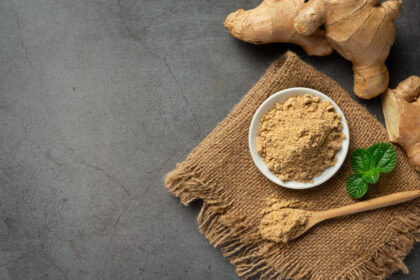Women often experience physical and emotional changes during their monthly cycle. But did you know that these changes can also affect your fitness and overall well-being? By understanding the different phases of your menstrual cycle, you can create a menstrual cycle workout plan that caters to each phase. Whether your goal is to boost energy levels, improve performance, or alleviate PMS symptoms, we have you covered! So, let’s delve into how you can maximize fitness and well-being throughout your entire menstrual cycle. Get ready to tap into your inner strength!
The menstrual cycle workout plan
The menstrual cycle is a natural and regular occurrence that impacts the body of every woman. It can result in shifts in mood, energy levels, and physical condition. Some women may face difficulties in maintaining their usual exercise routine throughout different phases of their menstrual cycle. However, by having an understanding of these changes and making appropriate preparations, it is feasible to create a plan of workouts for the menstrual cycle tailored to the different stages of the menstrual cycle. This plan can help optimize fitness levels and overall well-being.
During the first half of the menstrual cycle, also called the follicular phase, estrogen levels rise, leading to increased energy levels and enhanced endurance. This makes it an ideal time for engaging in cardio exercises such as running or cycling. Additionally, high-intensity interval training (HIIT) workouts can be effective during this phase as they promote efficient calorie burning.
Around day 14 of the menstrual cycle, during the ovulatory phase, hormone levels peak. This surge in hormones can boost strength and agility. Taking advantage of these physiological changes is best achieved through incorporating strength training exercises like weightlifting or resistance training. However, it’s important to listen to your body’s signals during this phase and avoid overexertion.
In the luteal phase of the menstrual cycle, which occurs during the second half, hormone levels fluctuate and can result in symptoms such as bloating and fatigue. To help alleviate these symptoms while also improving flexibility and strengthening core muscles, engaging in low-impact exercises like yoga or pilates is highly recommended.
Taking care of yourself is crucial during your period. Engaging in gentle activities like walking or stretching can be helpful, particularly when you may be feeling lower energy levels than usual.
Aligning your workouts with your menstrual cycle can be beneficial for optimizing performance. It’s important to note that everyone’s experience may vary, so paying attention to how your body responds during different stages and adapting accordingly can lead to the best results.
Conclusion
It’s important to acknowledge that everyone experiences their menstrual cycles differently. What may work for one person may not be effective for another, so it’s crucial to pay attention to your own body’s cues when creating a workout plan that aligns with your menstrual cycle. Seeking guidance from a healthcare professional or certified personal trainer who specializes in women’s health can provide valuable insights tailored specifically to your needs. By embracing a workout plan that corresponds with each phase of your cycle, you can improve both physical performance and mental well-being throughout the month. So go ahead—embrace the power of understanding your body’s natural rhythms and unlock its full potential!





















